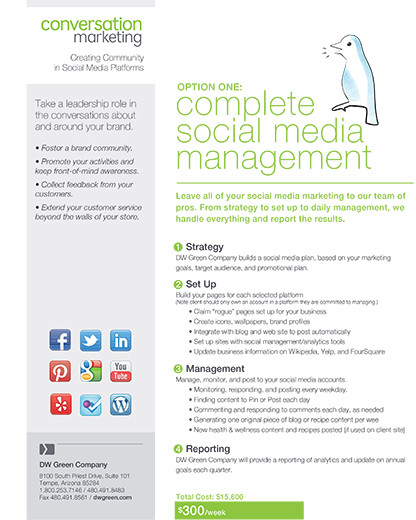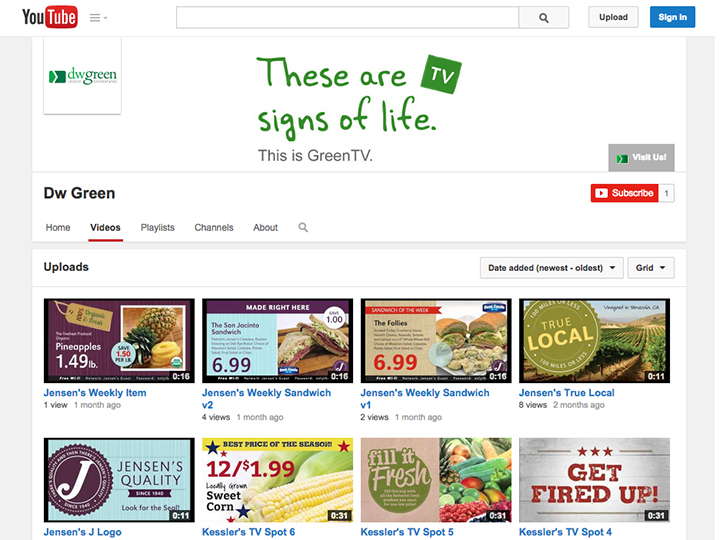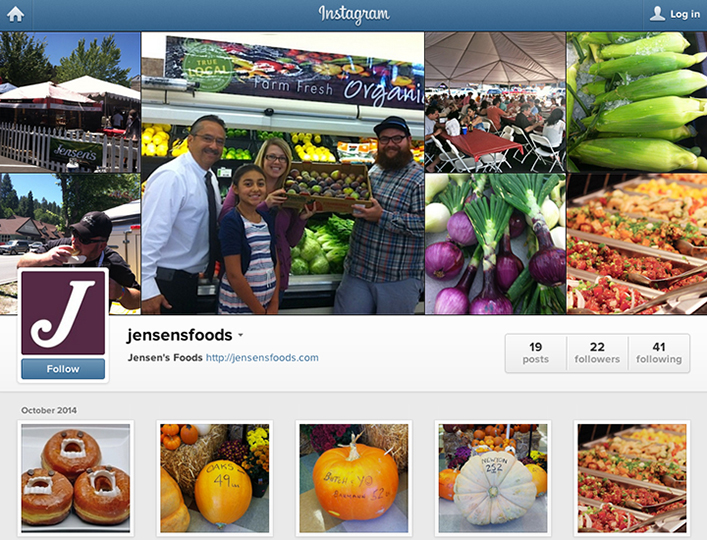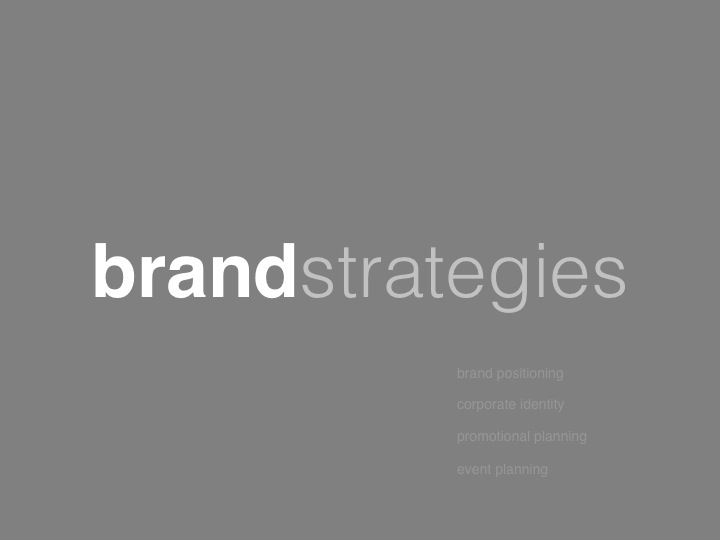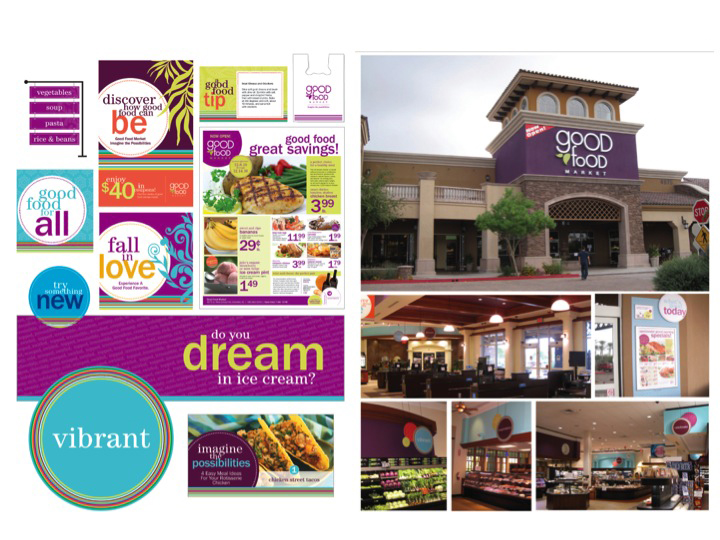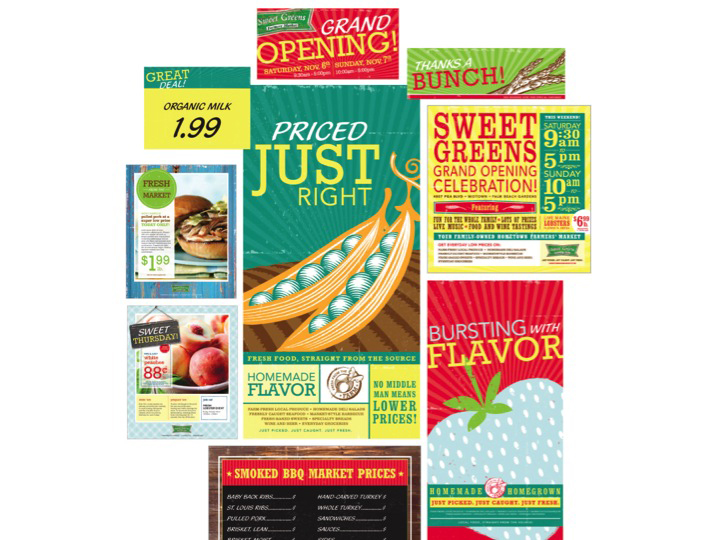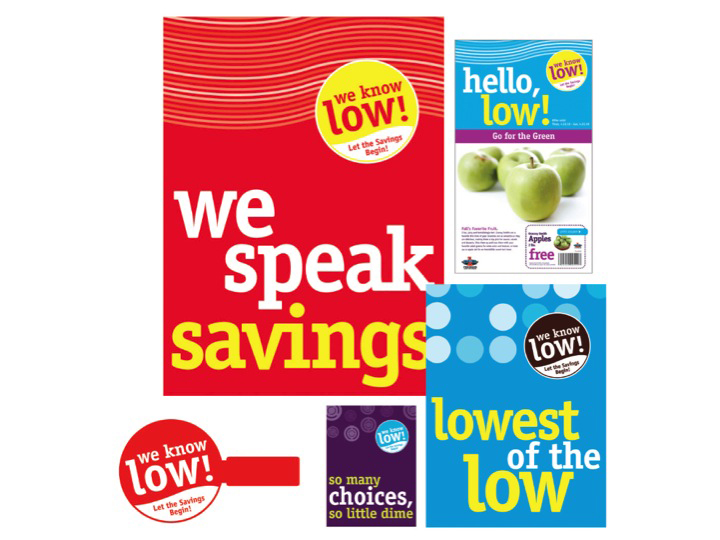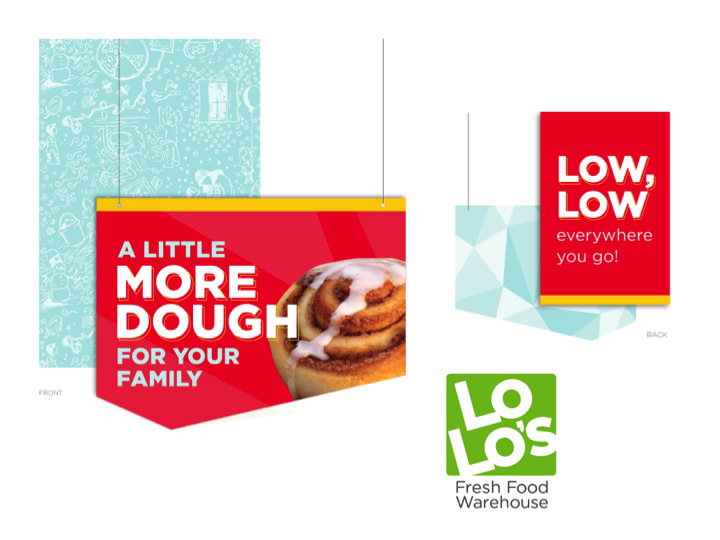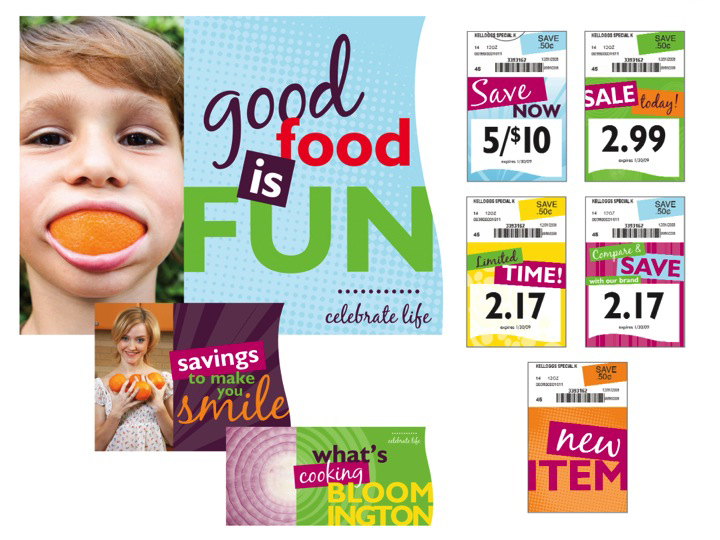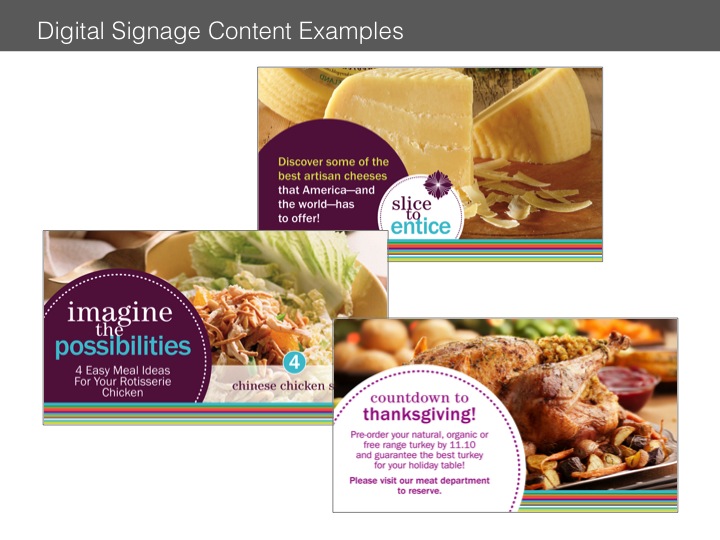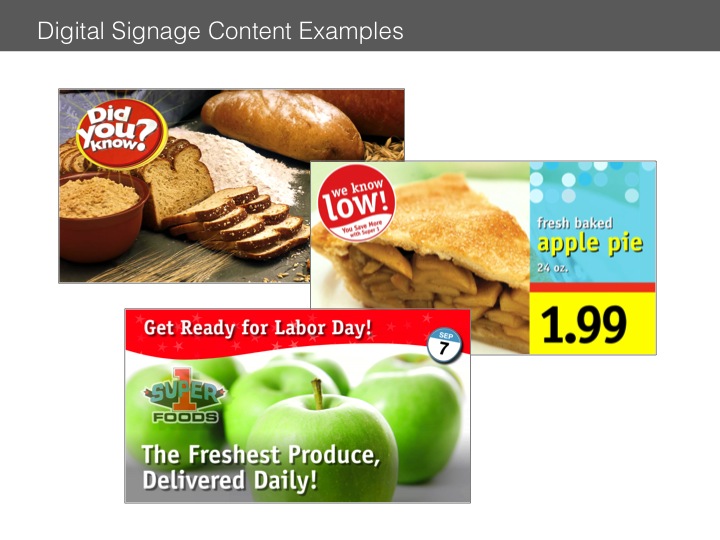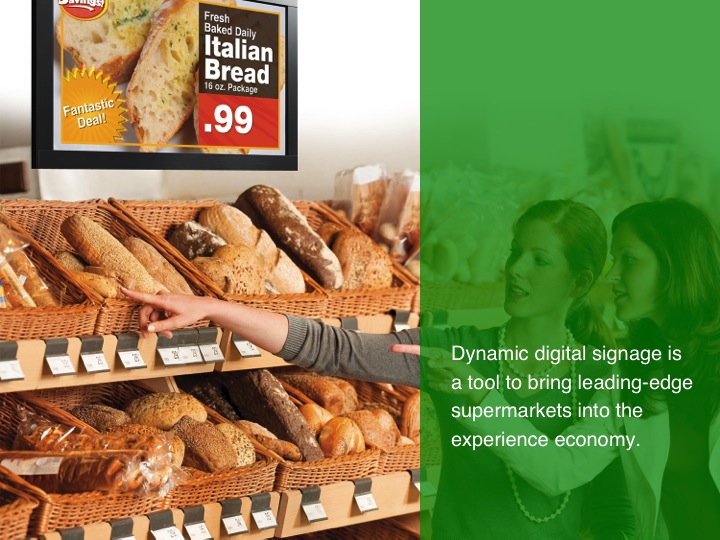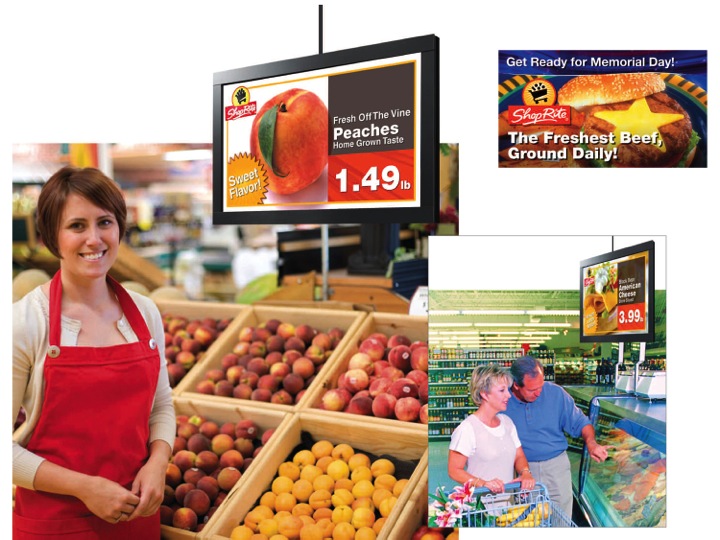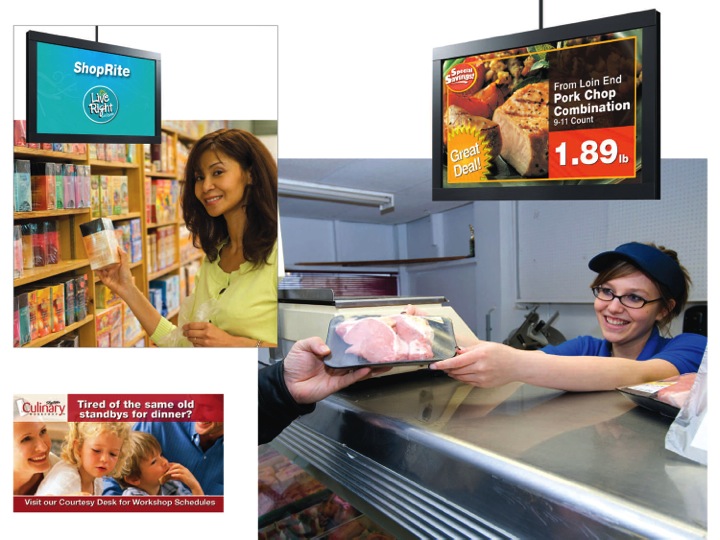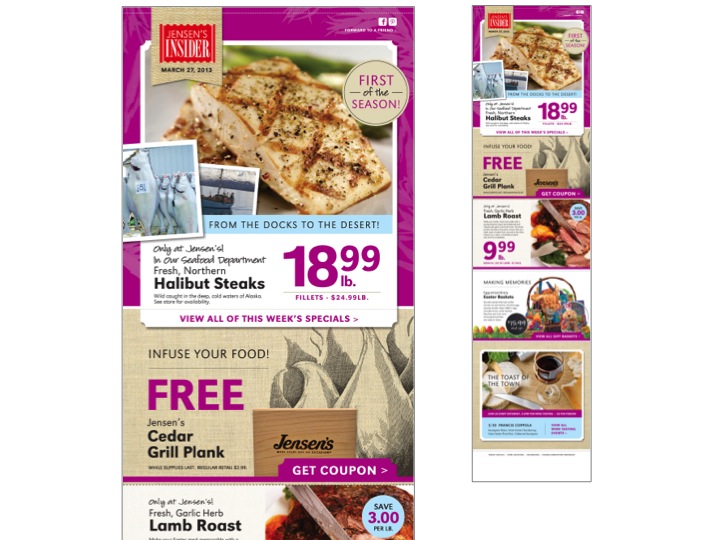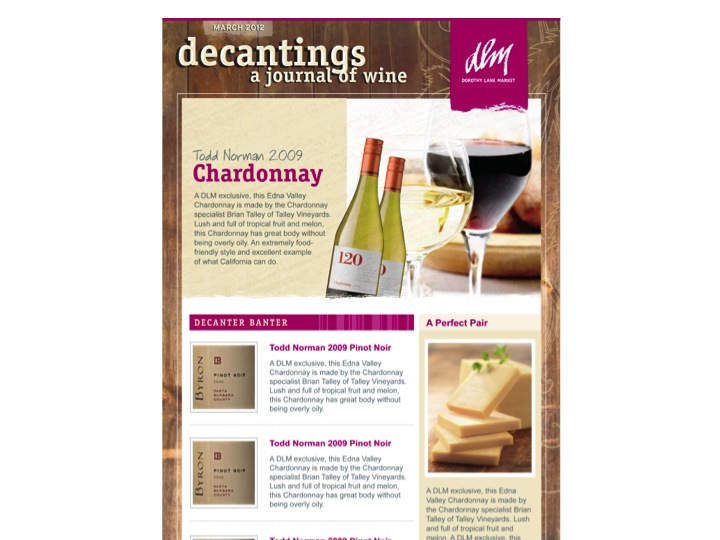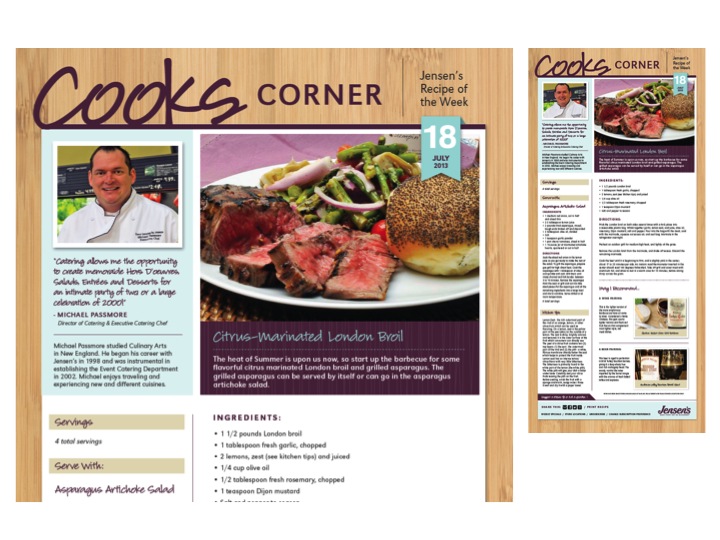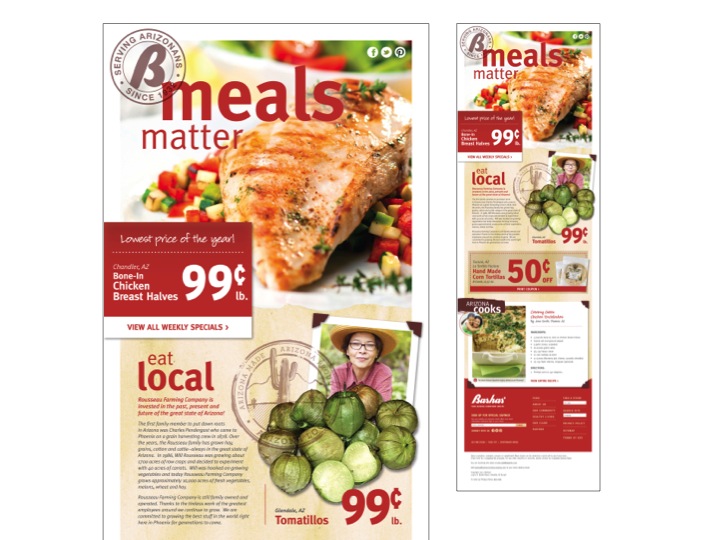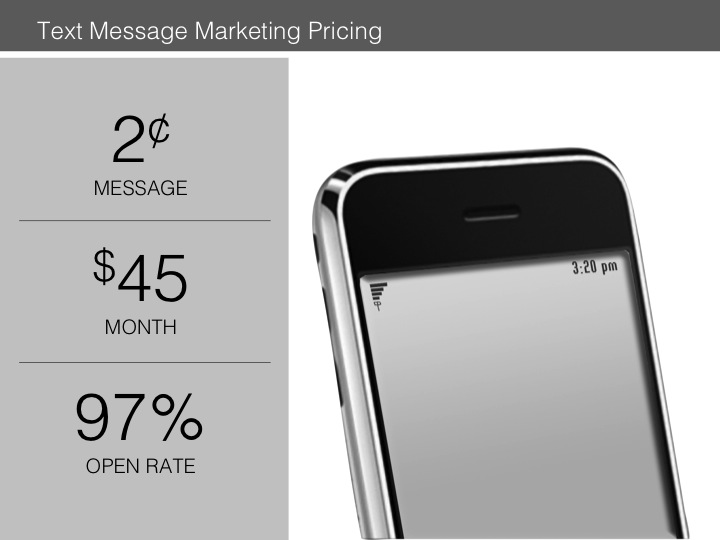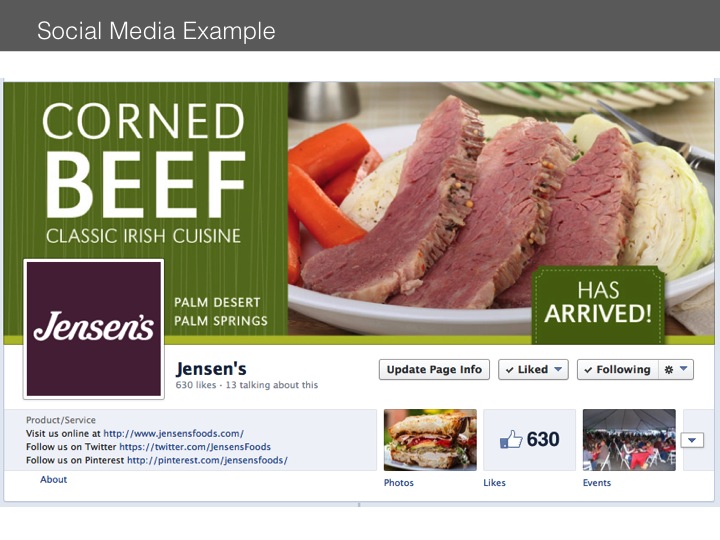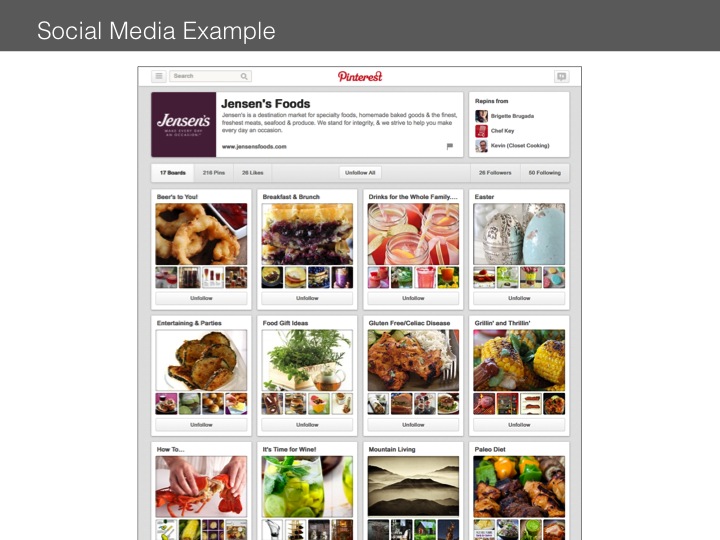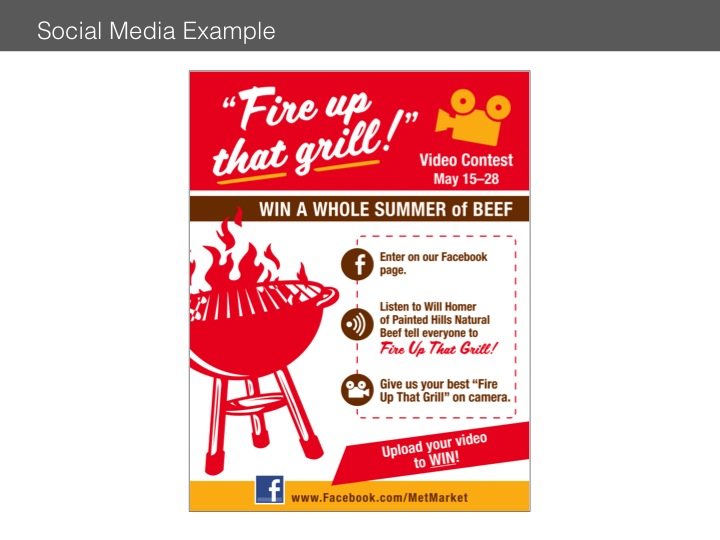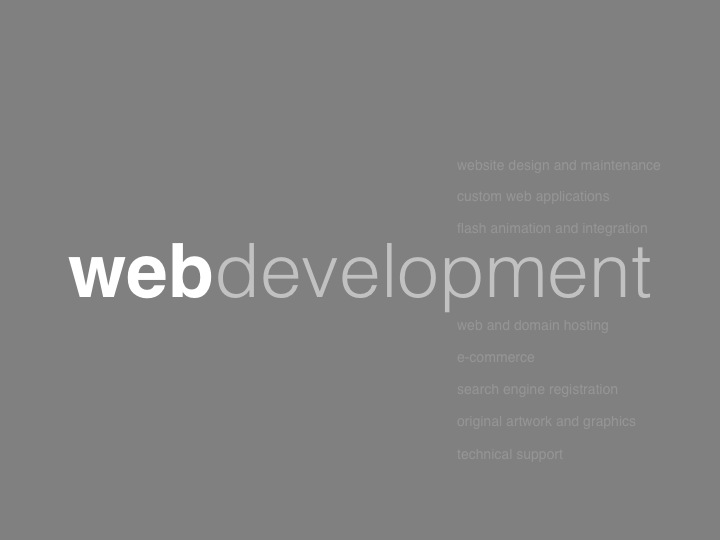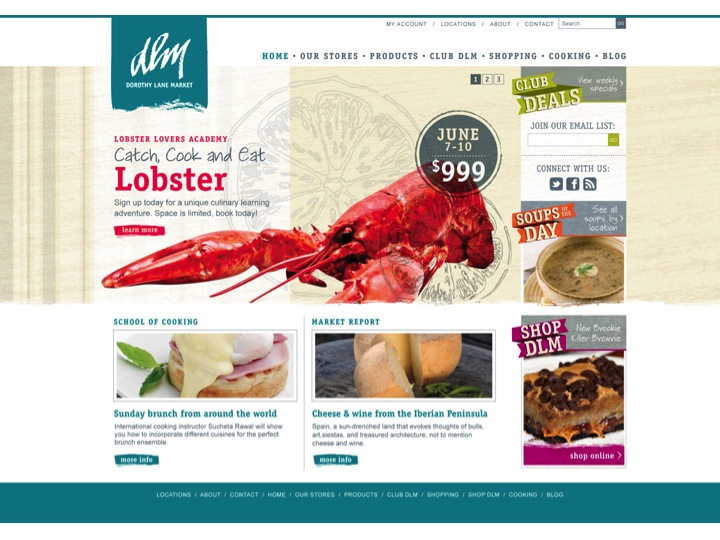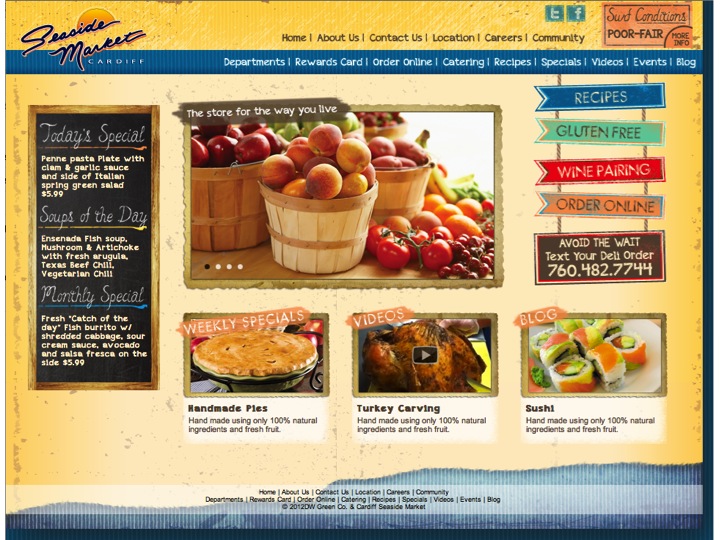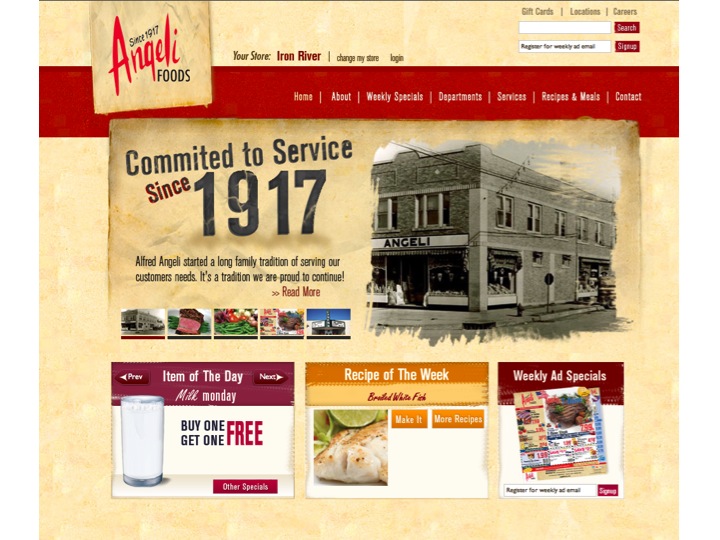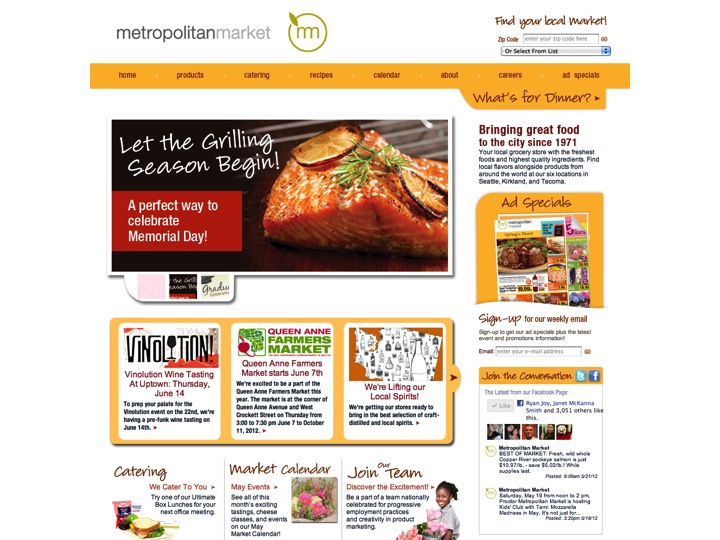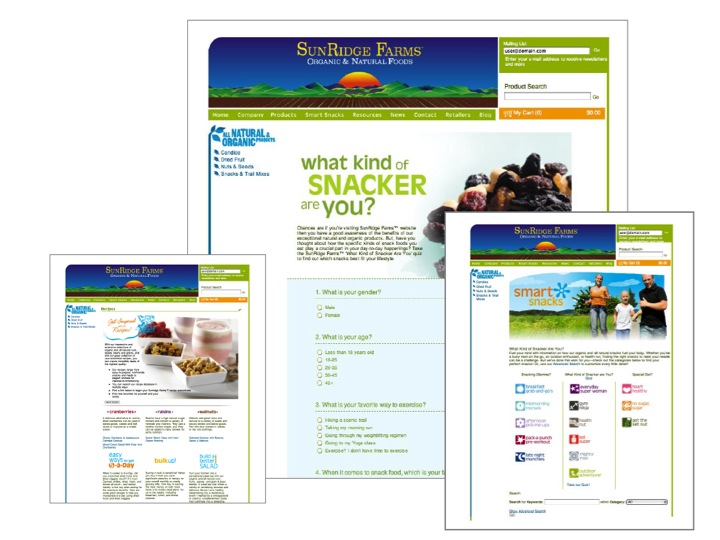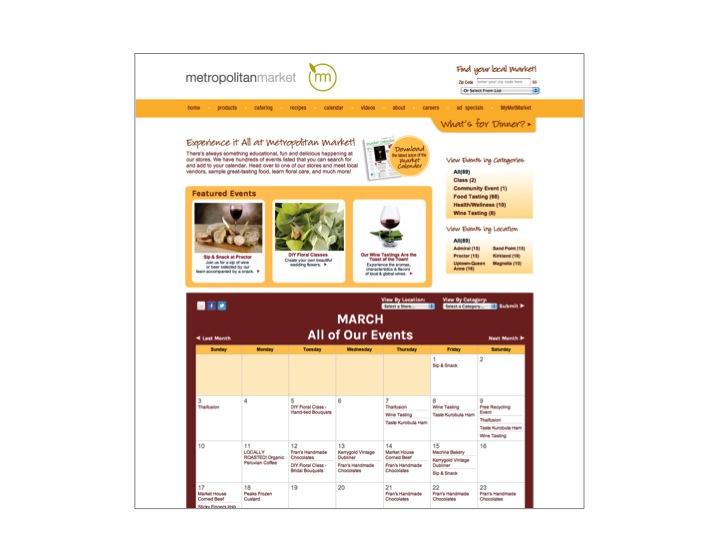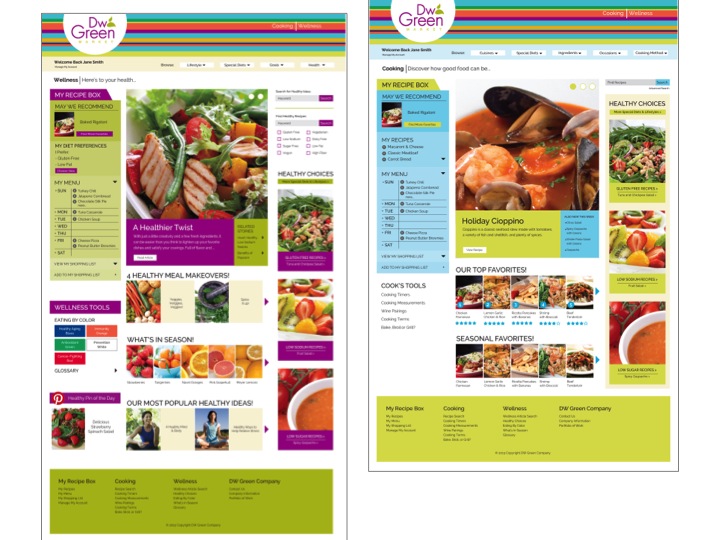Company Blog
The Awkward Moments
by Adam Zack — October 22, 2015

Your Barn door Is Open
MISSION: POSSIBLE (AND NECESSARY)
by Adam Zack — October 15, 2015

Cornerstone To Success
- BMW, b. Google, c. Starbucks, d. In-n-Out Burger, e. DW Green Co,
- Dorothy Lane Market, g. Nordstrom, h. New England Patriots,
- i. Tiffany & Co., j. Southwest Airlines
- To inspire and nurture the human spirit – one person, one cup and one neighborhood at a time.
- To connect People to what’s important in their lives through friendly, reliable, and low-cost air travel.
- To make our customers happy by providing Honestly Better® food and service — every time.
- To be the world’s most respected and succes
...read more
You Are Fantastic
by Adam Zack — October 8, 2015

Our people are the greatest asset.
Enthusiasm Sells
by Adam Zack — October 1, 2015

Enthusiasm is contagious.
Change Revisited
by Adam Zack — September 23, 2015

If you’re not moving forward,
you’re standing still.
The Value Of Expertise
by Adam Zack — September 16, 2015

“Hello Haggen, Goodbye Hassle”
The Missing Link
by Adam Zack — September 9, 2015

Communication works for those who work at it.
Going to the Dogs (and Cats)
by Adam Zack — September 3, 2015

Fetch: Dog days of summer
The Complete Package
by Adam Zack — August 26, 2015

Tiffany’s package has made girls
hearts race since 1906
Life’s a Sandwich
by Adam Zack — August 20, 2015

“Ugh, I ate too much.”




